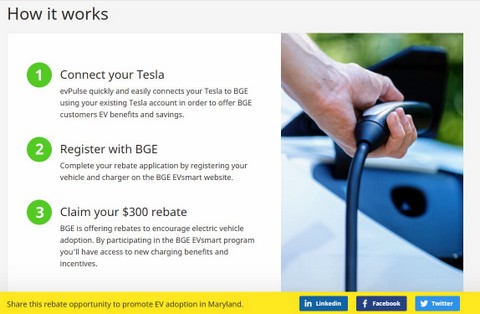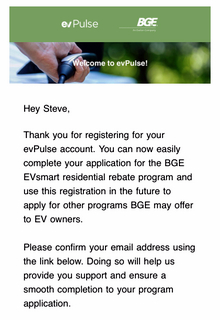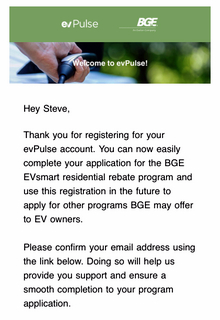Making Sure the Electrons Delivered to EVs at the Right Time & Price
Story by Steve Schaefer; photos from WeaveGrid.
Momentum is accelerating in the necessary transition from a fossil-fuel-burning automotive fleet to electric vehicles (EVs). This transition will have a big impact on how utility companies deliver the energy needed to charge all of these new battery-powered cars. That’s where WeaveGrid comes in. WeaveGrid’s mission is to drive rapid decarbonization in global transport and power sectors by intelligently connecting electric vehicles to the grid.
A Startup out of Stanford

WeaveGrid was co-founded three years ago by two Stanford grads, who saw the convergence of EVs and clean energy and wanted to explore those implications. Apoorv Bhargava, co-founder and CEO, has an M.S. in Environment & Resources, Energy & Cleantech along with an MBA. He worked in the energy field, at NRG Energy among other stops, before co-founding WeaveGrid. John Taggart, co-founder and CTO, has more of an automotive background, with stints at Nissan and Tesla while earning his Ph.D. in Management Science & Engineering.
How WeaveGrid Works
WeaveGrid gives utilities visibility into EV drivers’ charging activity at an aggregated level and provides some ability to control how and when owners charge their electric vehicles. This helps utilities manage the impact on the electrical grid.
The old way to track charging was to install sophisticated software in Level 2 (240-volt) chargers that asks drivers for permission to monitor their charging behavior, while providing some kind of rebate or deal for doing so. But WeaveGrid uses the car’s telematics itself—the manufacturers’ software programs—to integrate directly with the vehicles. Customers don’t need to invest in any specialized or additional charging hardware and utilities aren’t obligated to subsidize equipment and then pass the costs on to their customers, many of whom are not EV drivers (yet).

Moving to a fleet with a lot more EVs provides a huge opportunity for utilities to sell more electricity and other services as the fossil fuel business winds down, but it’s also a big logistical challenge. What happens when millions of EV drivers come home from work and plug in at the same time? Time-of-use rates could incentivize some drivers to charge later, but it would be better if the utilities had a better way to manage this surge.
With data and analytics from WeaveGrid, power companies can manage who’s charging when and balance the load on their equipment. How do they do that? There are two main methods—behavioral-based and automation-based.
Behavioral-based means motivating the customer’s actions through text messages, or email “nudges.” The message might say, “Stop charging now and save money by doing it later and avoiding the peak rates.” Automation-based means knowing when and where EVs are plugged in and adjusting who can charge by having a “bird’s eye view” of the entire system. This requires getting a driver’s authorization to let WeaveGrid software access their charging data and turning charging on or off, depending on grid load and previously-agreed-upon conditions.
A Simple Signup for EV Drivers
WeaveGrid makes it quick and easy for customers to connect. EV drivers go to the utility’s website, and on the appropriate page click “Enroll Now,” and then perform a simple three-step process.
It’s unlikely that customers will know they are using WeaveGrid software as it’s “white labeled” for use by utility companies. WeaveGrid’s first flagship customer is Baltimore Gas and Electric (BGE), as seen in the images above and below. They are offering evPulse, a rebate and time-of-use program for Tesla owners that uses WeaveGrid. Here’s what the online sign-up process looks like.
Step 1.

Step 2.

BGE then sends a confirmation email. Here’s the smartphone version.

As I don’t live in Maryland or own a Tesla, I couldn’t register my car, but you can see it’s quite easy.
WeaveGrid is Designed for EVs
Other companies are starting to offer this kind of service too, but WeaveGrid is the only one developed specifically for EV usage and not an add-on to another program, such as those controlling a solar system or thermostat.
When WeaveGrid software arrives at your utility, whatever it’s branded, if you’re driving an EV be sure to check it out. For more information, see the company website.
Related Stories You Might Enjoy–More on EV Charging
EV Charging Infrastructure: Who’s Got the Plug?
Interview: Clay Collier Talks Smart Charging

3 thoughts on “EV Charging: WeaveGrid–Preparing Utilities for the Coming EV Boom”